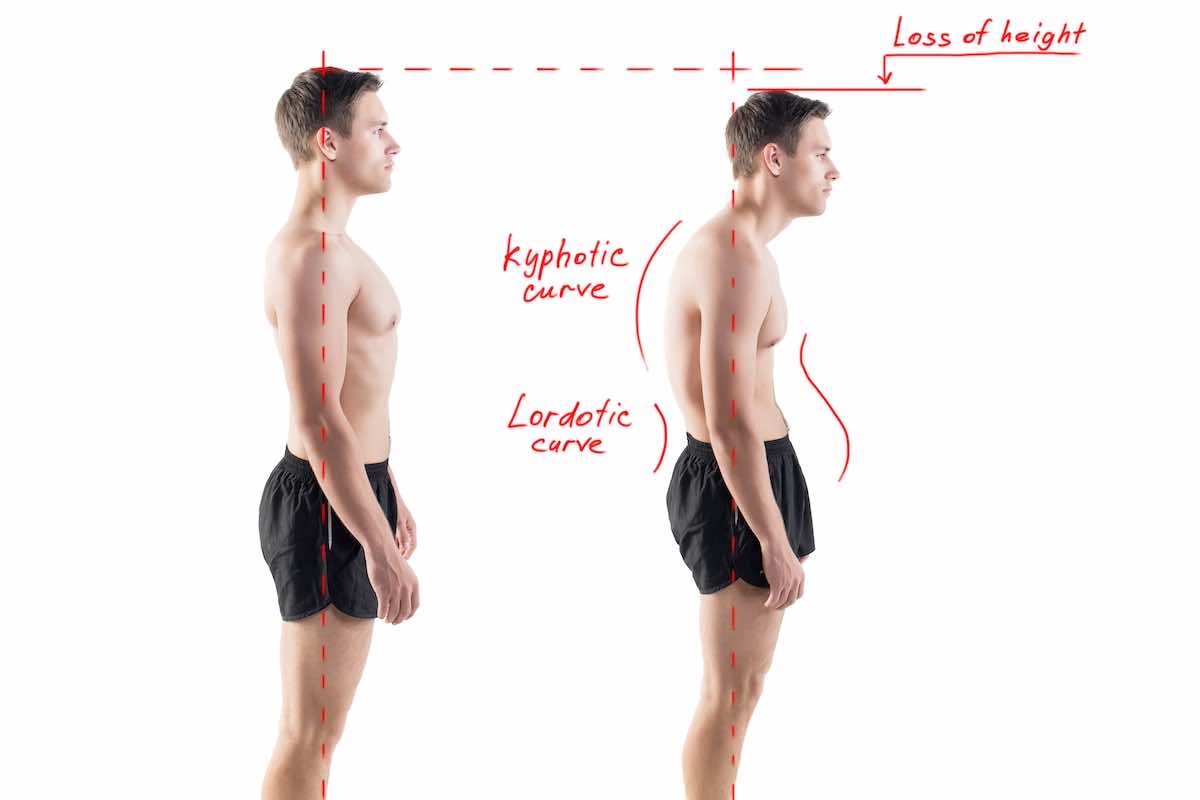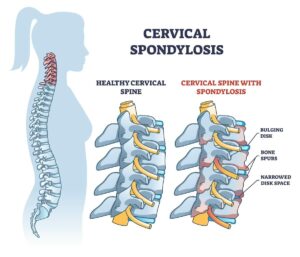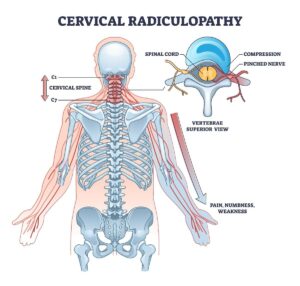Free download: Top 10 Natural & Easy Remedies for Joint Pain from Home. Learn these helpful remedies.
Estimated Reading Time: 4 minutes read
Maintaining an upright posture can often be overlooked in today’s digital era. As we spend countless hours on our devices, our shoulders tend to slump, and our heads lean forward. But why is good posture so vital?
Proper posture alignment is crucial not just for our appearance but also for our overall health. Posture and exercise are intertwined, with the former influencing our physical well-being and the latter offering a solution to common postural problems.
Table of Contents
Why Prioritize Posture Correction?
Good posture means aligning our ears with our shoulders, not letting them drift in front of the shoulders. Maintaining this alignment, especially during our daily activities, helps reduce strain on our spine. Whether you’re sitting at a computer, looking at your phone, or engaging in physical activity, your posture plays a significant role.
Incorrect posture can lead to musculoskeletal issues, affect our digestion, and even influence our mood. Think about the last time you sat upright; didn’t you feel more attentive and confident? That’s the power of maintaining an upright posture. Additionally, proper postural alignment aids in better lung capacity, allowing for optimal breathing.
Exercise for Better Posture: The Key to Alignment
You might be thinking, how can exercises impact posture over time? The answer lies in strengthening exercises for good posture. By targeting specific muscle groups, we can rectify common issues like rounded shoulders or forward head posture.
Here’s a list of exercises curated for posture improvement:
1. Chin Tucks


- You can perform a chin tuck laying on your back or sitting or standing.
- Gently tuck the chin directly back as if trying to make a double chin. Avoid nodding your head.
- Hold this position for 2 seconds, then slowly relax your muscles.
- Repeat 10 repetitions.
2. Scapular Retraction
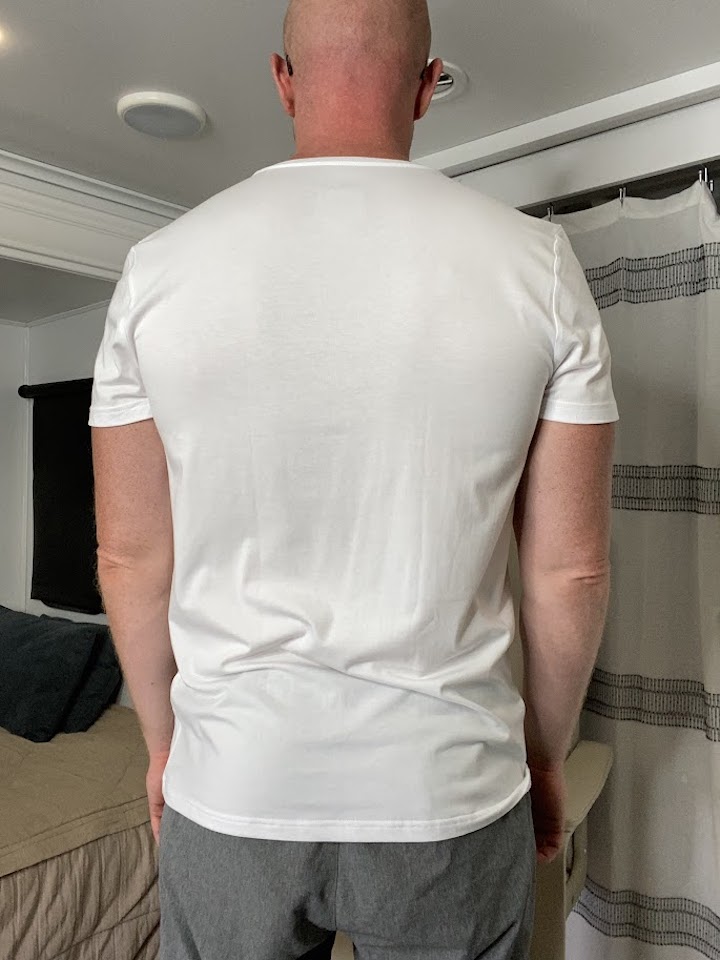

- In a sitting or standing position, try to sit as straight as possible. Aim to position the head in a neutral position as possible.
- Gently pull the shoulders back and squeeze the shoulder blades together.
- Hold for 5 seconds, then relax.
- Repeat 10 repetitions for 3 sets.
3. Rows with Resistance Band
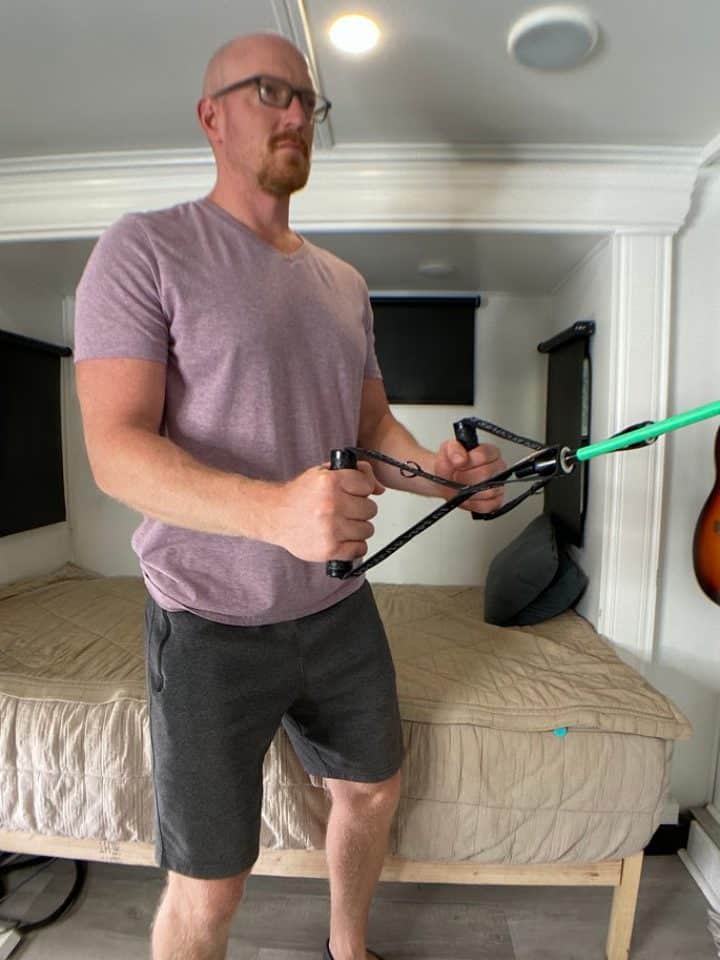
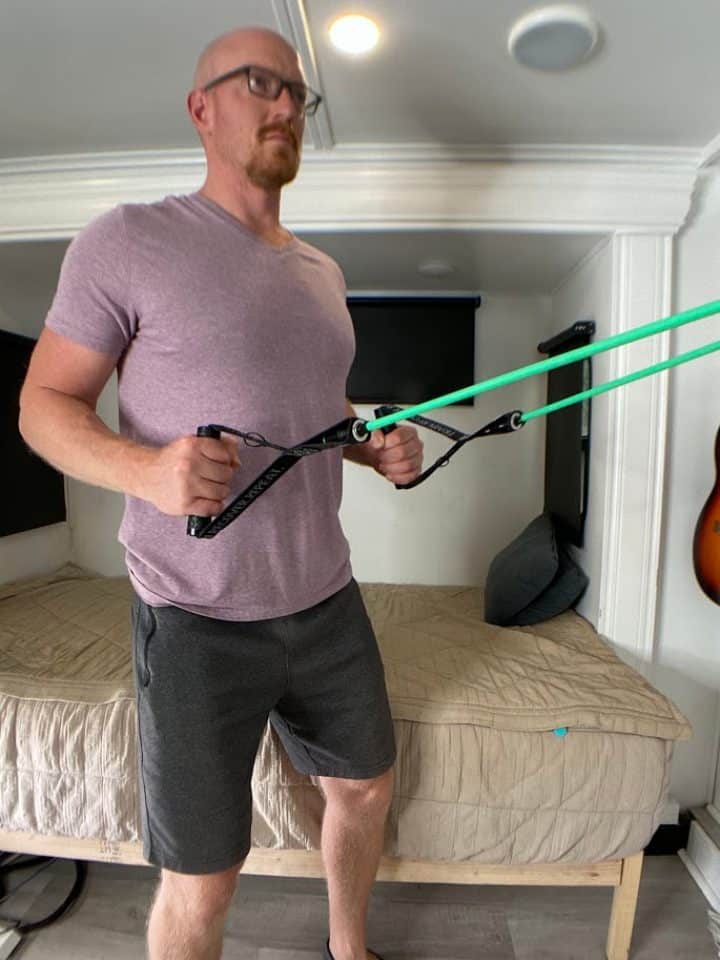
- Hold on to the ends of a resistance band (light, medium or heavy), which you can attach to a door knob.
- Begin with the arms elevated in front of you to shoulder height and the palms facing each other.
- Step back far enough that the resistance bend has a little tension.
- Pull back on the band by bending the elbows and swinging the arms back next to you. Make sure to squeeze the shoulder blades together.
- Hold for 2 seconds, then return to your starting position.
- Repeat 10 repetitions for 3 sets.
4. Horizontal Abduction


- Hold the band between the center and ends of the band.
- Position the arms stretched out in front of you at shoulder height, with the palms facing down towards the floor.
- While keeping the elbows straight, open the arms out to the side until they are side by side with the shoulders.
- Squeeze the shoulder blades together during this motion.
- Make sure you perform the exercise pain-free.
- Return to your starting position.
- Repeat 10-15x for 2-3 sets.
5. Pec Stretch

- Standing in front of your doorway, raise your arms up to shoulder height like a goalpost. The elbows will be bent with the palms facing forward.
- Keeping this position, rest the arms against your doorway.
- Slowly lean forward into a gentle stretch and hold for at least 30 seconds.
- Repeat this stretch for a total of 3 times.
Consistent routines, grounded on principles of physical therapy for posture correction or ergonomic exercises, can pave the way for a healthier spine and improved posture.
Notably, these exercises are not just for those with noticeable posture issues; they’re beneficial for everyone. Consider them posture training exercises, a regimen designed to keep your back strong and upright.
Conclusion
It’s essential to highlight the importance of consistency. Postural alignment exercises, when done regularly, can bring about noticeable changes. But besides exercises, being mindful of our posture during daily activities is equally crucial.
Embrace the journey of posture correction; not only will your spine thank you, but the benefits will also reflect your overall health and confidence. Remember, there is always time to start the path of improving posture through dedicated exercises.


